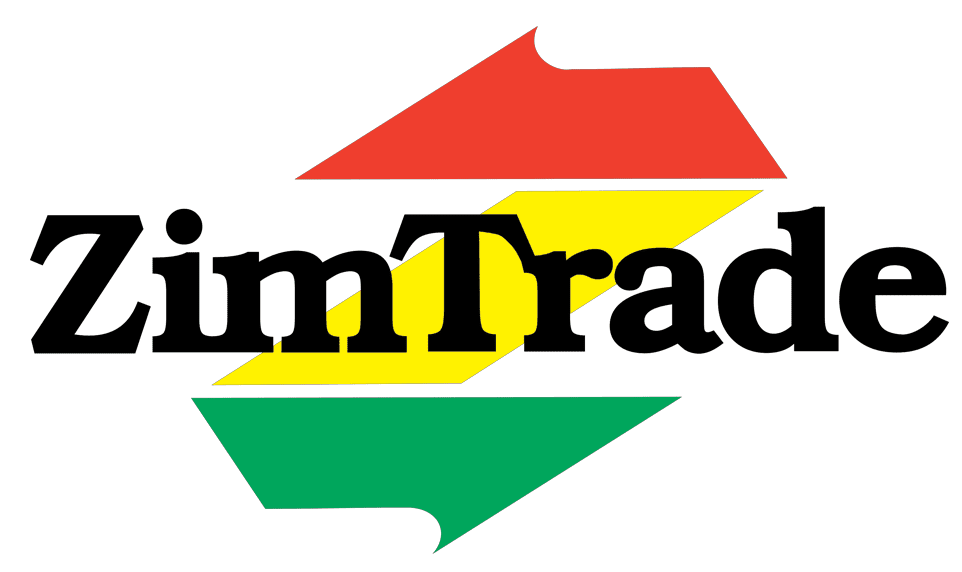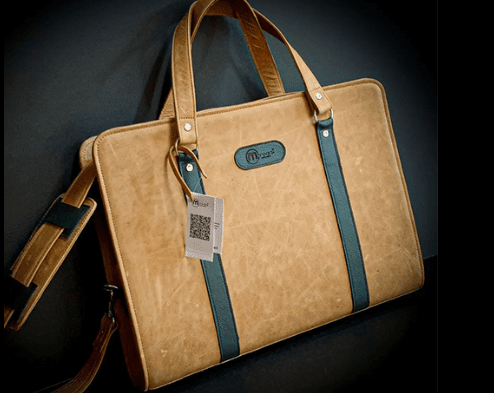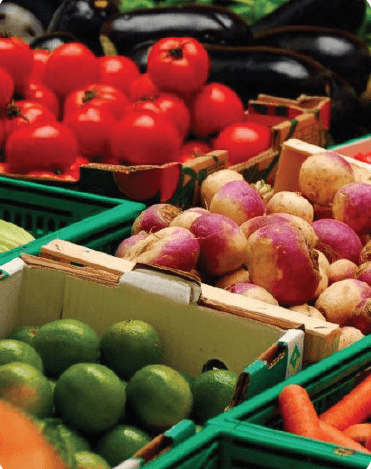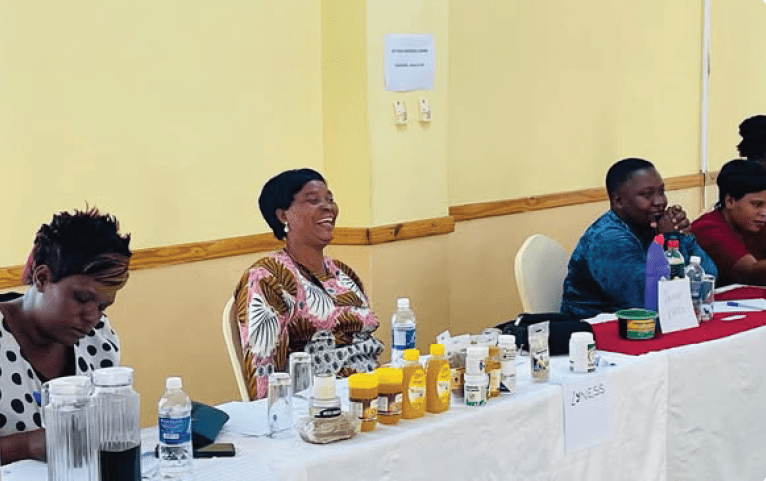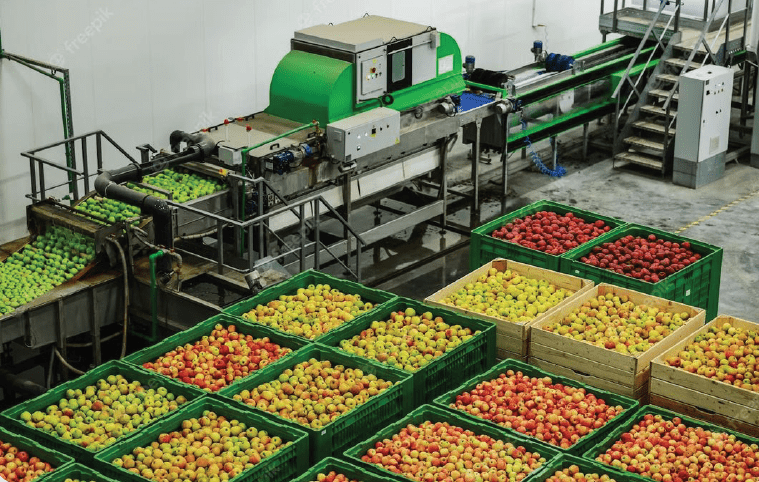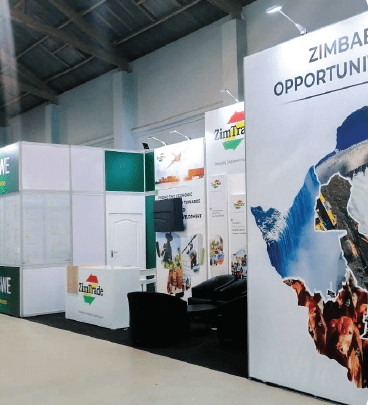Zimbabwe is increasingly becoming renowned across the world for its top-quality products, with regular reports from leading buyers indicating that consumers prefer Zimbabwean goods over those offered by competitors.
This significant achievement stems from deliberate efforts by President E.D Mnangagwa to modernize and industrialize the economy, which has been pivotal in creating employment, spurring economic growth, and improving overall livelihoods.
President Mnangagwa has consistently underscored that the advancement in product development through research, science, technology, and innovation – especially driven by higher education institutions – is critical to achieving Zimbabwe’s Vision 2030.
On several occasions, President Mnangagwa has repeatedly emphasized the need to enhance the quality and development of Zimbabwean products, challenging local industries and communities to produce goods that meet both local and international standards.
This push, which is anchored on the need to boost the visibility of local products on the African continent and beyond has been paying off, as the contribution of value-added products continue to grow.
Of late, the demand for Zimbabwean products had been ballooning, as buyers attest that local products have better quality that what competition is offering.
The success of these efforts is reflected in the export performance in the first quarter of 2024, where exports of manufactured or value-added products surged by 55 percent to US$119.2 million between January and March, up from US$76.7 million during the same period last year.
This remarkable growth demonstrates the tangible benefits of the ongoing drive to industrialize the country and ensure that local resources are processed before being exported.
Considering the current drive to industrialise the country, ensuring that local resources are value added before exporting, there is more that local industry can offer.
For example, Zimbabwe has massive potential to be in the world’s spotlight for luxury, and high-end value-added leather products, which has potential to transform the leather and leather products sub-sector.
The global luxury market values exclusivity and craftsmanship, with exotic leather goods like crocodile, ostrich and elephant being highly sought after.
The quality and artistry of Zimbabwean exotic leather has long been recognized by astute European buyers, who have a longstanding reputation for owning premium leather products.
The growth in the local exotic leather industry owes its success to a robust crocodile farming industry and a rich tradition of leather craftsmanship.
Zimbabwe’s exotic leather industry, known particularly for its high-quality crocodile skins, operates under strict regulations ensuring sustainability and traceability.
This approach aligns with global luxury market trends favouring environmentally conscious sourcing.
The Nile crocodile, primarily farmed in Zimbabwe, provides thick, dense hides with a unique “belly cut” pattern, adding visual interest to finished products.
The meticulous tanning process preserves the leather’s natural strength, suppleness, and lustre, resulting in durable, beautiful luxury goods.
The industry’s growth is further supported by a skilled workforce of tanners and artisans mastering the intricate processes of tanning, dyeing, and crafting finished leather goods.
This expertise is crucial for transforming raw hides into high-value luxury products.
To maximize its export potential, there is need to focus on value addition, transforming raw hides into finished goods like handbags and apparel.
This way, local producer can unlock access to the growing markets of value-added leather products in Africa, and across the world.
According to Trade Map, the global imports of articles of leather has grown from US$82,36 billion in 2019 to US$93,08 billion in 2022.
Leading leather and leather products importers in 2022 that Zimbabwe already enjoy excellent trading relations with include China (US$6,01 billion), Japan (US$5,82 billion), France (US$5,57 billion), Germany (US$5,17 billion), Italy (US$4,39 billion), Republic of Korea (US$4,22 billion), and United Kingdom (US$3,56 billion).
The Middle East, particularly the United Arab Emirates (UAE), on the other hand is another emerging market with potential.
This region has a strong affinity for luxury fashion and bold design statements. Zimbabwean exotic leather can be crafted into a wider range of products beyond traditional accessories, resonating with the region’s flamboyant fashion sense.
Figures from Trade Map shows that imports of articles of leather in UAE have grown from US$1,27 billion in 2019, to US$1,31 billion in 2022.
As UAE is now the second largest importer of Zimbabwean products after South Africa, there are opportunities to use existing routes to market to introduce more leather products into the market.
Closer to Zimbabwe, the African Continental Free Trade Area (AfCFTA) presents a significant opportunity for Zimbabwean leather exports.
By eliminating tariffs and trade barriers within Africa, AfCFTA has created a vast internal market for Zimbabwe’s finished leather products.
This expanded market access could position Zimbabwe as a leading supplier of high-end leather goods across the continent, leveraging its strengths in sustainable sourcing, quality, and craftsmanship.
According to Trade Map, Africa’s imports of articles of leather has grown slightly from US$1,05 billion in 2019 to US$1,24 in 2022.
Largest importers on the continent include South Africa (US$248 million), Ghana (US$154 million), and Morrocco (US$144 million).
